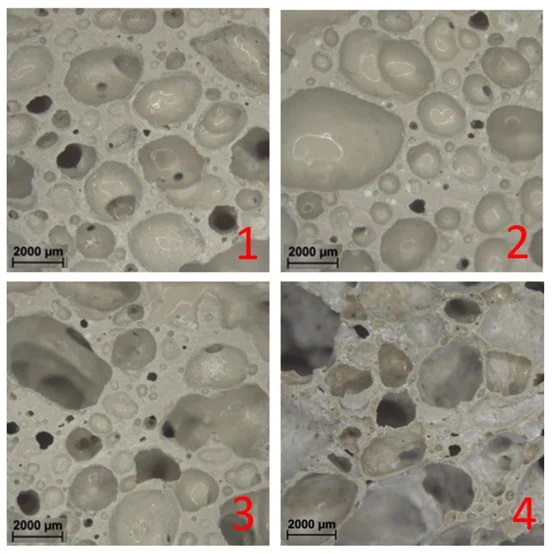Geopolymer-Based Materials for the Removal of Ibuprofen: A Preliminary Study
Rosanna Paparo, Martino Di Serio, Giuseppina Roviello, Claudio Ferone, Marco Trifuoggi, Vincenzo Russo, Oreste Tarallo
Molecules (2024), 29, 10, 2210
https://doi.org/10.3390/molecules29102210
Abstract
Every year, new compounds contained in consumer products, such as detergents, paints, products for personal hygiene, and drugs for human and veterinary use, are identified in wastewater and are added to the list of molecules that need monitoring. These compounds are indicated with the term emerging contaminants (or Contaminants of Emerging Concern, CECs) since they are potentially dangerous for the environment and human health. To date, among the most widely used methodologies for the removal of CECs from the aquatic environment, adsorption processes play a role of primary importance, as they have proven to be characterized by high removal efficiency, low operating and management costs, and an absence of undesirable by-products. In this paper, the adsorption of ibuprofen (IBU), a nonsteroidal anti-inflammatory drug widely used for treating inflammation or pain, was performed for the first time using two different types of geopolymer-based materials, i.e., a metakaolin-based (GMK) and an organic–inorganic hybrid (GMK-S) geopolymer. The proposed adsorbing matrices are characterized by a low environmental footprint and have been easily obtained as powders or as highly porous filters by direct foaming operated directly into the adsorption column. Preliminary results demonstrated that these materials can be effectively used for the removal of ibuprofen from contaminated water (showing a concentration decrease of IBU up to about 29% in batch, while an IBU removal percentage of about 90% has been reached in continuous), thus suggesting their potential practical application.

